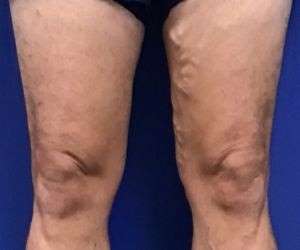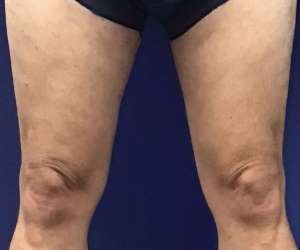When it comes to seeking medical treatment, insurance coverage often plays a crucial role in determining the financial burden on patients. Many people assume that choosing a physician who participates in their insurance plan is the only way to tap into their insurance benefits.
However, in the vein treatment field, there’s an interesting aspect to explore – your insurance may cover some of the costs even if your chosen vein treatment doctor isn’t participating with your insurance provider – or they may not cover any of your care, even if your provider is participating.
How Does Out-of-Network Coverage Work?
In the world of healthcare, the terms “in-network,” “out-of-network,” “non-participating,” or “non-par” are commonly used. Participating physicians – or in-network physicians – have established agreements with insurance companies, often resulting in lower costs for patients. On the other hand, non-participating doctors may not have such agreements, leading individuals to believe that their insurance won’t cover the associated expenses.
Surprisingly, when it comes to vein treatment, this isn’t always the case. Insurance providers may cover a portion of the treatment even if the selected doctor is not part of their network. This can be particularly relevant when seeking specialized care from experienced vein treatment specialists who may not be participating with all insurance plans.




